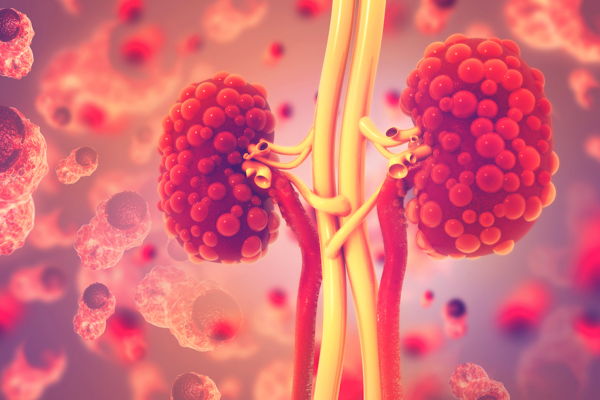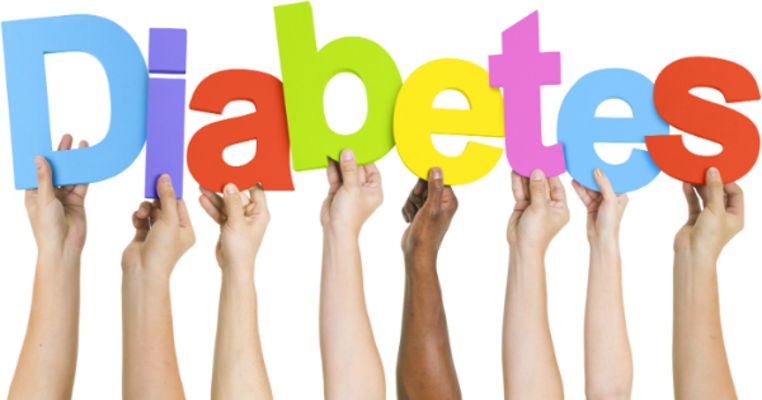10 Benefits of Walking, the Most Underrated Exercise
Wednesday June 6, 2018 by Marianne Gutierrez 1,502 words
1. Walking Can Decrease Your Blood Pressure
The American College of Sport’s Medicine (ACSM) and the Centers for Disease Control and Prevention (CDC) both suggest a daily physical activity of 30 mins of moderate intensity as part of a healthy lifestyle, but whether this lowered blood pressure was not certain.
However, a study conducted in 2001 showed that by the 12th week of a prescribed 24-week daily walk of 3 kms, the blood pressure did reduce. Therefore, regular walking can reduce your blood pressure.
In conclusion, a 24-week walking program meeting the ACSM-CDC physical activity recommendation is effective in lowering systolic BP in postmenopausal women with borderline to stage 1 hypertension.
Yury Zap / shutterstock.com
2. You Might Live Longer
A study to examine whether medical expenses can be reduced by people who walked more was undertaken in 2011. It concluded that not only were medical expenses reduced, it was also shown that those who walked more than one hour a day, lived longer.
An increase in walking time at the population level would bring about a tremendous change in people’s health and medical cost. A campaign to encourage people to walk for longer and a program to make walking environments safer and more pleasant should be implemented. This intervention may extend life expectancy without apparently increasing lifetime medical expenditure, especially for men.
Munimara / shutterstock.com
3. Long Walks Boost Immunity
Going for walks outside can boost your immunity due to an increase of the neutrophils and monocytes cells in the body that naturally kill toxins.
Walking outdoors is known to bolster the immune system by leading to “…an increase in natural killer cells, neutrophils, and monocytes, which ultimately increases immune function,” says Ather Ali, ND, MPH, assistant director of Complementary/Alternative Medicine Research at the Yale-Griffin Prevention Research Center.
Oxana Larina Photography / shutterstock.com
4. Feel the Burn
The body uses energy whenever it does anything, and walking for 15 minutes or longer every day burns a little more.
The fuel for the energy is from sugars and carbohydrates (and also protein and fat) stored in the liver, muscles and fat by insulin as glycogen. The more you walk, the more glycogen you burn, first from the muscles and then from the liver as demands increase, and finally from adipose tissue (fat cells).
To reduce adipose tissue you need to walk fast with supportive shoes for at least an hour 3 times per week. Make sure you are employing good breathing techniques: in through your nose and out through your mouth to get the maximum results.
Kletr / shutterstock.com
5. It Re-aligns the Body
When walking correctly all the joints move so that they have an opportunity to realign. Walking incorrectly with your chin thrown out, or your shoulders humped, or your stomach not pulled in throws your body out of alignment and uses more energy causing you to get tired more quickly.
If you need orthotic or arch support shoes, you should wear these when you go for a walk to maintain the correct position of your foot as you take each step.
Walking correctly as in the Nordic way of walking, which we do as babies and then lose the art, automatically strengthens and stretches muscles as you take steps, helping the joints to remain in correct alignment, reducing pain and relieving back ache.
Nordic Walking is a specific fitness technique and is not to be confused with trekking, hill walking or trail running as the poles are not planted in front of the walker/runner but in a specific way that increases the use of the upper body. It can be done by anybody, anywhere and does not require expensive equipment or clothing. Nordic Walking is the fastest growing fitness activity in the world and is used by individuals, personal trainers, health clubs, physiotherapists, doctors and health promoters because it is highly effective, affordable and FUN! Nordic walking technique MUST be learnt correctly if the participant is to get the most out of the activity - the full Health technique that ensures the whole body works efficiently is only taught by NWUK qualified instructors.
Alphaebe / shutterstock.com
6. Reduces Stress
Taking a daily walk always makes one feel better and this is due to a variety of hormones and chemicals being released and put to good use in the body.
However, the benefits of exercise including walking helps memory and thinking through both direct and indirect means. The benefits of exercise come directly from its ability to reduce insulin resistance, reduce inflammation, and stimulate the release of growth factors—chemicals in the brain that affect the health of brain cells, the growth of new blood vessels in the brain, and even the abundance and survival of new brain cells. Indirectly, exercise improves mood and sleep, and reduces stress and anxiety. Problems in these areas frequently cause or contribute to cognitive impairment.
Taking a walk first thing in the morning exposes you to good quality natural light which resets the circadian rhythms that helps you to sleep better at night. This also helps to reduce stress.
Embrace morning light – you might not have considered this, but going outside in the morning and exposing yourself to natural light actually helps you sleep better in the evening. It does this by helping you set your body’s daily circadian rhythm.
The benefits of all of this are increased if you’re walking barefoot on the grass, sand, or soil.
Emerging evidence shows that contact with the Earth—whether being outside barefoot or indoors connected to grounded conductive systems—may be a simple, natural, and yet profoundly effective environmental strategy against chronic stress, ANS dysfunction, inflammation, pain, poor sleep, disturbed HRV, hypercoagulable blood, and many common health disorders, including cardiovascular disease.
Ivonne Wierink / shutterstock.com
7. Improve Your Sleep
The extra oxygen circulated to the brain and the burning of carbohydrates that walking requires improves sleep.
However, too much exercise can exhaust systems and because sleep requires energy for functions to take place, you may find that an increase in exercise, or exercising in the evening, interrupts sleep patterns. Walking during the day, especially in the morning, improves night-time sleep.
The only study that looked at the effects of a single exercise session found that a bout of moderate-intensity aerobic exercise (e.g., walking) reduced the time it took to fall asleep and increased the length of sleep of people with chronic insomnia compared to a night in which they did not exercise. However, in the same study, vigorous aerobic exercise (e.g., running) or lifting weights did not improve sleep.
Jacek Chabraszewski / shutterstock.com
8. The Social Benefits
Walking in a group is a healthy social activity that boosts your mood due to the extra oxygen that’s being taken in as you breathe in more often.
Walking socially also combines the feel-good factor that comes from being in the company of others who have the same interests as you.
Mark Twain said: ‘The true charm of pedestrianism does not lie in the walking, or in the scenery, but in the talking.’ You can use a walk to chat and catch up with your partner, family and friends; enjoy the puff-and-pant challenge of climbing a hill together; or maybe join a walking group.
ASAF_MEDIA / shutterstock.com
9. Slow Down Mental Decline
The beautiful thing about walking is that it’s an activity that fits all age groups and abilities with no equipment needed. It has been shown to help cognition and slow down mental decline including reducing dementia risk.
Go for a walk, there is no excuse.
A physical exercise like walking is essential to ensure your brain gets a steady blood flow, and research has found that it can encourage the growth of brain cells. While there isn’t definitive evidence on the benefits of walking, there have been positive results from various studies that show physical activity is associated with a lower risk of cognitive decline. A study by the doctors of the Mayo Clinic concluded that brisk walking 30 minutes a day for five days a week can potentially reduce dementia risk by 30 to 50 per cent.
Robert Kneschke / shutterstock.com
10. Say Goodbye to Allergies
One of the most annoying allergies is Hay Fever. Hay Fever can be so disruptive to your lifestyle and just when winter is over and you want to go outside in the fresh spring air, you begin sneezing, eyes running, suffering with headaches and coughing; and yet Professor Jean Emberlin director of Pollen UK suggests you do exactly that - go for a walk to reduce hay fever symptoms.
Exercising will help reduce stress levels and can also help boost the body’s immunity. Just be sure to avoid exercising outside when the pollen count is at its highest – in the early morning and evening.
namtipStudio / shutterstock.com

16 Warning Signs of Lupus to Watch Out For
1. Unexplained Fever Lupus can affect everyone differently and some may have …


21 Features of Kidney Disease
1. Dizziness Kidney Disease is when the kidneys are not filtering blood …


Top 10 Foods to Nourish Your Thyroid
Did you know that the food you eat can affect your thyroid health? Some foods …


12 Facts About Your Borderline Personality …
1. It's Finally Classified As a Mental Illness Borderline Personality Disorder, …


12 Common Factors That Trigger Rosacea …
1. Makeup Some products used on the face and body or in the mouth ie: make-up, …


22 Common Symptoms of Type II Diabetes
1. Mood Changes Mood change is sometimes one of the first symptoms to suggest …
